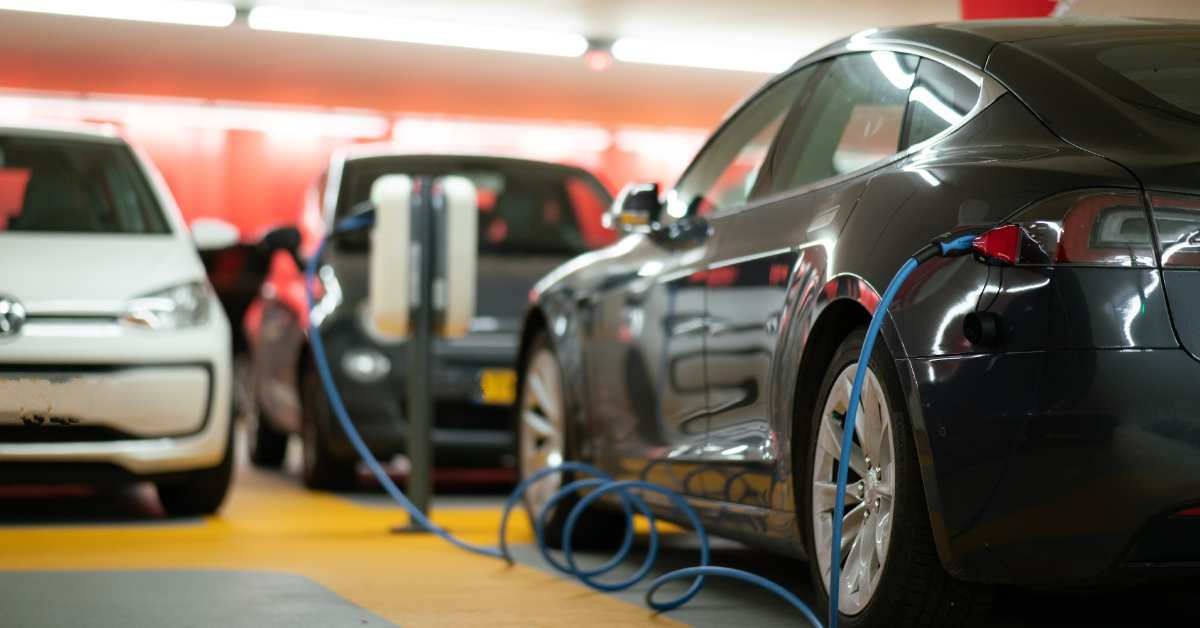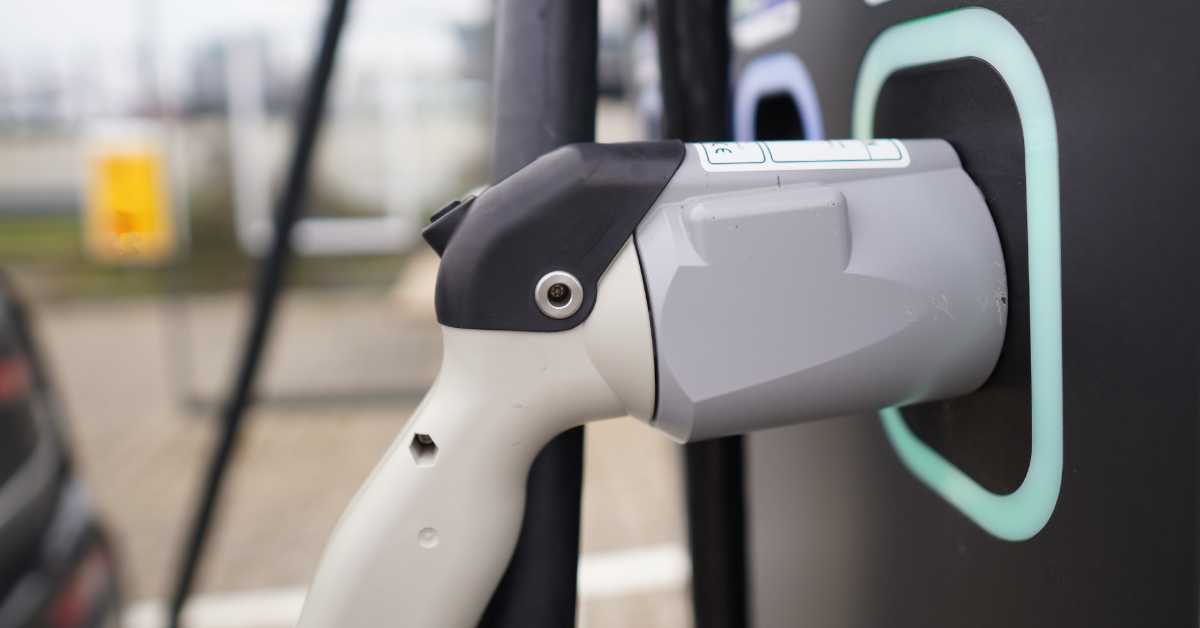Having a sunroof in car is demanding these days. So the all companies are providing sunroof with their lots of cars now. But in this article we tried to know what are the pros and cons of having sunroof in car.
The ideal or suitable climatic situations for having a car with a sunroof can vary depending on personal preferences and the specific type of sunroof. However, generally speaking, sunroofs are most useful and enjoyable in sunny and moderate climates.
In these types of climates, a sunroof can provide natural light and ventilation, which can help to reduce the need for artificial lighting and air conditioning, making the interior of the car more comfortable. A sunroof can also enhance the driving experience by allowing drivers to enjoy the scenery and feel more connected to the outdoors.
On the other hand, in regions with hot and humid climates, a sunroof may increase the interior temperature of the car, making it less comfortable to drive, on the other hand in dusty and smoky conditions it is not good idea to open sunroof. In regions with cold and snowy climates, a sunroof may not be practical, as it can let in cold air and snow, reducing the insulation and warmth of the car’s interior.
It’s also important to note that different types of sunroofs may have different suitability for various climatic situations. For example, a panoramic sunroof may be more suitable for sunny and moderate climates, while a smaller, pop-up sunroof may be more practical for rainy or snowy climates.
Ultimately, the ideal or suitable climatic situations for having a car with a sunroof would depend on personal preferences and the specific type of sunroof. It’s important to consider the climate and weather conditions in your region when deciding whether or not to have a sunroof in your car.
 Pros of having car with sunroof?
Pros of having car with sunroof?
There are several potential benefits to having a car with a sunroof. Here are some of the main pros:
- Natural light and ventilation: A sunroof can provide natural light and ventilation, which can help reduce the need for artificial lighting and air conditioning. This can make the interior of the car more comfortable, especially in sunny and moderate climates.
- Enhances driving experience: A sunroof can enhance the driving experience by allowing drivers to enjoy the scenery and feel more connected to the outdoors. This can make driving more enjoyable, especially on scenic routes.
- Adds aesthetic appeal: A sunroof can add aesthetic appeal to a car, making it look more stylish and sophisticated.
- Increases resale value: Cars with sunroofs often have higher resale values than those without, as they are considered a desirable feature by many buyers.
- Increases headroom: Some types of sunroofs, such as panoramic sunroofs, can increase headroom, making it easier for tall passengers to sit comfortably in the car.
- Provides emergency exit: In the event of an accident, a sunroof can provide an additional emergency exit for passengers to escape through.
Overall, a sunroof can be a desirable feature for those who value natural light, ventilation, and an enhanced driving experience. However, it’s important to consider personal preferences and the climate in your region before deciding whether or not to have a sunroof in your car.
cons of having car with sunroof?
While having a car with a sunroof can provide several benefits, there are also some potential drawbacks to consider. Here are some of the main cons:
- Increases cost: Adding a sunroof to a car can increase the cost of the vehicle, which may not be feasible for some buyers.
- Reduces headroom: Some types of sunroofs can reduce headroom, which may make it more difficult for taller passengers to sit comfortably in the car.
- Increases weight: A sunroof can add additional weight to the car, which can impact fuel efficiency and handling.
- Increases noise: A sunroof can increase wind and road noise in the car, which can be distracting or annoying for some passengers.
- Increases interior temperature: In hot and sunny climates, a sunroof can let in additional sunlight and heat, which can increase the interior temperature of the car and make it less comfortable to drive.
- Increases risk of leaks: Over time, a sunroof may develop leaks, which can lead to water damage in the interior of the car.
- Requires maintenance: A sunroof may require additional maintenance to keep it functioning properly, which can be time-consuming and costly.
- Reduces structural integrity: Cutting a hole in the roof of a car for a sunroof can reduce the structural integrity of the car, making it less safe in the event of an accident.
- Increases risk of theft: A sunroof can make it easier for thieves to break into the car, as they can simply break the glass and climb through the opening.
- May not be suitable for all climates: As we discussed earlier, a sunroof may not be suitable for all climates, as it can let in additional heat or cold depending on the region.
- May not be suitable for all passengers: Some passengers may not enjoy having a sunroof, as it can increase noise or light levels, or make them feel more exposed while riding in the car.
Overall, while a sunroof can be a desirable feature for many car buyers, it’s important to consider all of the potential drawbacks as well. By weighing the pros and cons, you can make an informed decision about whether or not a sunroof is right for your needs and preferences.
The suitability of a sunroof for Asian continent climatic conditions would depend on various factors, including the climate and weather conditions in the specific region and the intended use of the sunroof.
In general, a sunroof can be a good choice for regions with sunny and moderate climates, as it allows for natural light and ventilation, reducing the need for artificial lighting and air conditioning. However, in regions with hot and humid climates, a sunroof may increase the interior temperature of a vehicle, making it less comfortable to drive.
Additionally, the size and type of sunroof can affect its suitability for specific climatic conditions. For example, a larger sunroof may allow more heat to enter the vehicle, while a smaller sunroof may not provide adequate ventilation.
Ultimately, the suitability of a sunroof for Asian continent climatic conditions would depend on the specific region and intended use of the sunroof. It’s important to consider factors such as the climate, weather conditions, and personal preferences when deciding whether or not to install a sunroof in a vehicle.
It really depends on your personal preferences and the specific climate and environmental conditions in your region of India. Here are a few factors to consider:
- Temperature and humidity: In regions of India that experience high temperatures and humidity, a sunroof may not be the best choice, as it can let in additional heat and make the interior of the car less comfortable.
- Air pollution: In areas of India with high levels of air pollution, a sunroof may not be desirable, as it can let in additional pollutants and make the air quality inside the car worse.
- Rain and storms: In regions of India that experience frequent rain or storms, a sunroof may be less practical, as it can let in rainwater and increase the risk of leaks or water damage.
- Personal preferences: Ultimately, whether or not to have a sunroof in your car is a matter of personal preference. If you value natural light and ventilation, and don’t mind the potential drawbacks of a sunroof, it may be a good choice for you.
Overall, whether or not a sunroof is a good decision for your car in India will depend on a variety of factors. It’s important to consider your personal preferences, as well as the climate and environmental conditions in your region, before making a decision.
To summarizing and considering all above scenarios and points we reached to following points. Here are a few suggestions:
- Research online: You can start by researching the advantages and disadvantages of having a sunroof versus not having a sunroof in a car. Many automotive websites and forums offer detailed information and reviews on this topic.
- Test drive cars: If possible, you can test drive cars with and without sunroofs to experience the differences firsthand. This can help you get a better sense of the benefits and drawbacks of each option.
- Consult with a car expert: You can also speak with a car expert, such as a mechanic or salesperson, who can provide insights into the pros and cons of having a sunroof or not having one. They can also help you choose a car that suits your specific needs and preferences.
- Consider your climate: It’s important to consider the climate in your region when deciding whether or not to have a sunroof. If you live in a hot and sunny area, a sunroof may be a desirable feature, while if you live in a rainy or snowy region, a sunroof may not be practical.
- Consider your budget: Finally, you should consider your budget when deciding whether or not to have a sunroof. Sunroofs can be a costly feature, so if you’re on a tight budget, it may not be a priority for you.
By considering all above factors, you can make an informed decision about whether or not to have a sunroof in your car.











